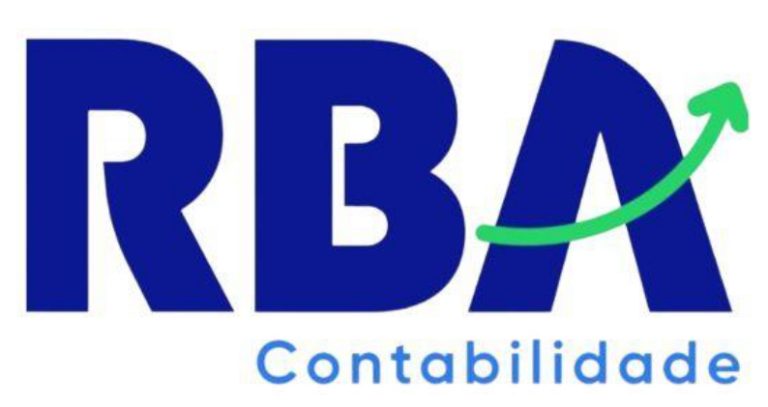Y. 1978), a police department’s applying of various other lowest top standards for men in lieu of girls is actually discovered so you can compensate intercourse discrimination
Inside the Fee Choice No. 79-19, CCH Work Practices Guide ¶ 6749, a masculine, 5’6″ significant, confronted using minimal, 5’5″ women and you can 5’9″ men, top criteria and you may alleged if he was a female the guy possess qualified for an authorities cadet position. This new respondent may either establish a consistent top requirement you to do not have a detrimental effect centered on competition, gender, or national resource, otherwise introduce that the level criteria constitutes a corporate necessity.
For the Payment Choice Zero. 76-29, CCH A career Means Publication ¶ 6624, the Payment located zero proof bad feeling facing female that have value to a clean unsupported allegation off occupations denial predicated on sex, due to the very least height criteria, in which you will find no basic height policy, and no that had ever become denied predicated on top. And, there is zero proof of different procedures. The previous incumbent, this new selectee, plus the asking team was indeed every girls, so there is no proof one a shorter male would not have already been rejected.
The court in U.S. v. Lee way System Luggage, Inc., 7 EPD ¶ 9066 (D.C. Ok. 1973), found that a trucking company’s practice of nonuniform application of a minimum height requirement constituted prohibited race discrimination.
(c) Unfavorable Impact –
In early decisions, the Commission found that because of national significance, it was appropriate to use national statistics, as opposed to actual applicant flow data, to establish a prima facie case. The Commission also found that many of the employer proffered justifications for imposing minimum height requirements were not adequate to establish a business necessity defensemission Decision No. 71-1529, CCH EEOC Decisions (1973) ¶ 6231; Commission Decision No. 71-2643, CCH EEOC Decisions (1973) ¶ 6286; and Commission Decision No. 71-1418, CCH EEOC Decisions (1973) ¶ 6223. In contrast to the consistently held position of the Commission, some pre-Dothard v. Rawlinson, supra best sex hookup apps court cases came to different conclusions. Smith v. Troyan, 520 F.2d 492, 10 EPD ¶ 10,263 (6th Cir. 1975); Castro v. Beecher, 459 F.2d 725, 4 EPD ¶ 7783 (1st Cir. 1972). The Supreme Court in Dothard v. Rawlinson, supra, however, agreed with the Commission’s position and used national statistics to find that minimum height and weight requirements were discriminatory and that unsupported assertions about strength were inadequate to constitute a business necessity defense.
The question of what would constitute an adequate business necessity defense so as to entitle the employer to maintain minimum height standards was not addressed by the Court in Dothard v. Rawlinson, supra. On a case-by-case basis, Commission decisions and court cases have determined what things do not constitute an adequate business necessity defense. The EOS should therefore refer to the ples set out in the following section for guidance. Where, however, the business necessity of a minimum height requirement for airline pilots and navigators is at issue, the matter is non-CDP, and the Office of Legal Counsel, Guidance Division should be contacted for assistance.
Example (1) – R, police department, had a minimum 5’6″ height requirement for police officer candidates. R’s police force was 98% White male, and 2% Black male. There were no female or Hispanic officers, even though the SMSA was 53% female and 5% Hispanic. CPs, female and Hispanic rejected job applicants, filed charges alleging that their rejections, based on failure to meet the minimum height requirement, were discriminatory because their protected groups were disproportionately excluded from consideration. To buttress this argument, they introduced statistics showing that on a national basis, while only 3% of Black or White males were excluded by the 5’6″ requirement, 87% of females and 88% of Hispanics were excluded. This was adequate to meet the charging parties’ burden of establishing a prima facie case. In its defense the respondent had its supervisory personnel testify that the minimum height requirement was necessary for the safe and efficient operation of its business. According to respondent, taller officers enjoyed a psychological advantage and thus would less often be attacked, were better able to subdue suspects, and could better observe field situations. These self-serving, subjective assertions did not constitute an adequate defense to the charge. They did not fairly and substantially relate to the performance of the duties of a police officer. Accord Horace v. Town of Pontiac, 624 F.2d 765, 23 EPD ¶ 31,069 (6th Cir. 1980), and Vanguard Justice Society Inc. v. Hughes, 471 F. Supp. 670, 20 EPD ¶ 30,077 (D.C. Md. 1979).


